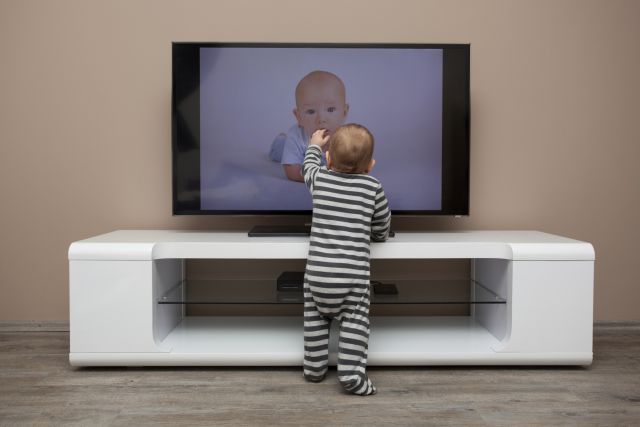Updated on March 27, 2023.
Unintentional injuries are far and away the leading cause of death among kids in the United States. And every year, emergency rooms see countless bike accidents, falls, motor vehicle crashes, and pedestrian accidents, among other incidents.
A small, albeit concerning, part of this picture is a number of children who are hurt at home by falling TVs. In many cases, children pull themselves up on pieces of furniture where televisions are located. The TVs, if not fastened securely to the furniture or to the wall, may fall, causing sometimes severe injuries.
Children under age 5 years old are most likely to be hurt in this way. But it’s not just toddlers and preschoolers who are at risk. Kids up to 17 years old have also been involved in these kinds of accidents. In fact, since 2000, more than 330 kids under age 18 have been killed by tip-overs involving TVs, according to the Consumer Product Safety Commission. And each year, about 10,000 children under age 18 are injured.
Precarious placement often to blame
What are the factors that contribute to these accidents?
For one thing, the number of TVs per household has increased. Though they appear to be thinner and lighter, flatscreen TVs can still be quite heavy. With their narrower, streamlined bases, they can also be prone to tipping.
What about those old, unused tube-style televisions? Where do they end up once they’re replaced by shiny new TVs?
In most cases, they go out with the trash, but they often linger in households on old bookshelves or dressers. They may seem out of sight, but the risks they pose remain.
Much of the risk posed by falling televisions stems from their positioning on furniture. Sets of drawers or shelves can present a “ladder” for kids to climb. Toddlers pull out the drawers and step into them or climb the shelves, putting themselves more at risk with every step—particularly if a heavy, tempting object like a television sit at the top.
How to prevent tip-overs
What can a parent or caregiver do to avoid such accidents? Here are some steps to take to help secure televisions and prevent tipping:
Anchor it. Bolt both the TV and the furniture that is underneath it to the wall. You can buy fasteners at home construction or electronic stores.
Use the right base. Keep TVs off dressers, armoires, and bookshelves not intended to support these electronics; they are more at risk of toppling. You might consider mounting the TV directly to the wall to eliminate the tipping hazard entirely.
Keep it low. Children like to climb on furniture. If you keep all TVs on sturdy, low bases, you remove much of the incentive to climb.
For more information, visit the U.S. Consumer Product Safety Commission’s (CPSC) site and visit the Tip-Over Information Center from the CPSC.







